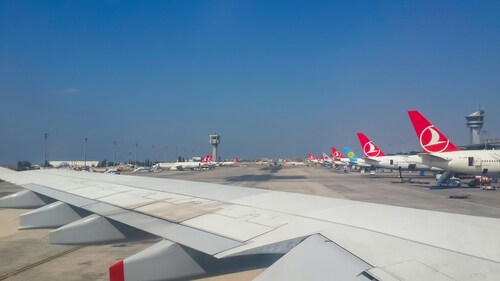The importance of robust AML/CTF mechanisms cannot be overstated. The Anti-Money Laundering and Counter-Terrorism Financing, or the AML/CTF program, is crucial for safeguarding financial services organisations and their customers from illegal activities. This program is not just a regulatory requirement; it’s a vital component of a business’s risk management strategy. Understanding the critical elements of this initiative is essential for every business aiming to maintain integrity and trust in the financial sector.
Key Components for Effective AML/CTF Compliance
Implementing several key components is the core of an effective AML/CTF strategy. First, a comprehensive risk assessment is crucial. Businesses must regularly evaluate their exposure to ML/TF risks, considering factors like customer base, products, services, and geographical locations. This assessment forms the foundation for the rest of the AML/CTF framework. It is not merely about identifying current risks but also about anticipating potential future challenges. Furthermore, this ongoing process allows businesses to adapt their strategies to the dynamic nature of financial crimes, ensuring their defences remain robust and proactive.
Policies and Procedures for Prevention
The next step is to develop clear policies and procedures tailored to mitigate identified risks. These guidelines should outline the responsibilities of staff members at all levels, ensuring that everyone is aware and equipped to act by legal and regulatory requirements. Training programs are integral to this process, providing employees with the knowledge and tools to recognise and report suspicious activities effectively. This approach fosters a culture of AML/CTF compliance throughout the organisation, where every employee is responsible for vigilance and adherence to protocols.
Advanced Monitoring and Reporting Systems
To detect unusual or suspicious behaviour, businesses must employ advanced monitoring systems. These systems should be able to analyse real-time transactions, flagging those that deviate from normal patterns for further investigation. In addition, a well-defined process for reporting suspicious activities to relevant authorities is critical. This ensures that potential threats are communicated promptly, allowing for timely intervention. The effectiveness of these systems hinges on their ability to adapt and learn from new patterns of financial crime, making continuous improvement a necessity.
Independent Audits and Reviews
Regular audits and reviews of the AML/CTF program are vital for ensuring its effectiveness and identifying areas for improvement. Independent parties should conduct these audits to ensure objectivity, covering all aspects of the program, from risk assessment methodologies to the efficiency of training programs. The insights gained from these reviews are invaluable for strengthening the framework and closing any gaps. They also reassure stakeholders, including regulatory bodies, that the organisation is committed to maintaining the highest AML/CTF standards.
The Role of Technology in Enhancing AML/CTF Compliance
Leveraging technology is critical to enhancing the efficiency and effectiveness of AML/CTF compliance efforts. Innovative solutions, including artificial intelligence and machine learning, can significantly improve the ability to monitor transactions and identify patterns indicative of ML/TF. By adopting these technologies, businesses can stay one step ahead of illicit activities, ensuring higher security and compliance. These technological tools also offer scalability, allowing organisations to handle increasing volumes of transactions without compromising on the thoroughness or accuracy of monitoring.
Conclusion
Every business needs to grasp the significance of an AML/CTF program and its role in maintaining a secure and trustworthy financial environment. Companies can build a robust AML/CTF framework by developing a comprehensive risk assessment, establishing detailed policies and procedures, employing advanced monitoring and reporting systems, conducting independent audits, and leveraging technology. This meets regulatory requirements and protects the business and its customers from the dangers of financial crime. Staying updated and vigilant is not just an option—it’s a necessity.



